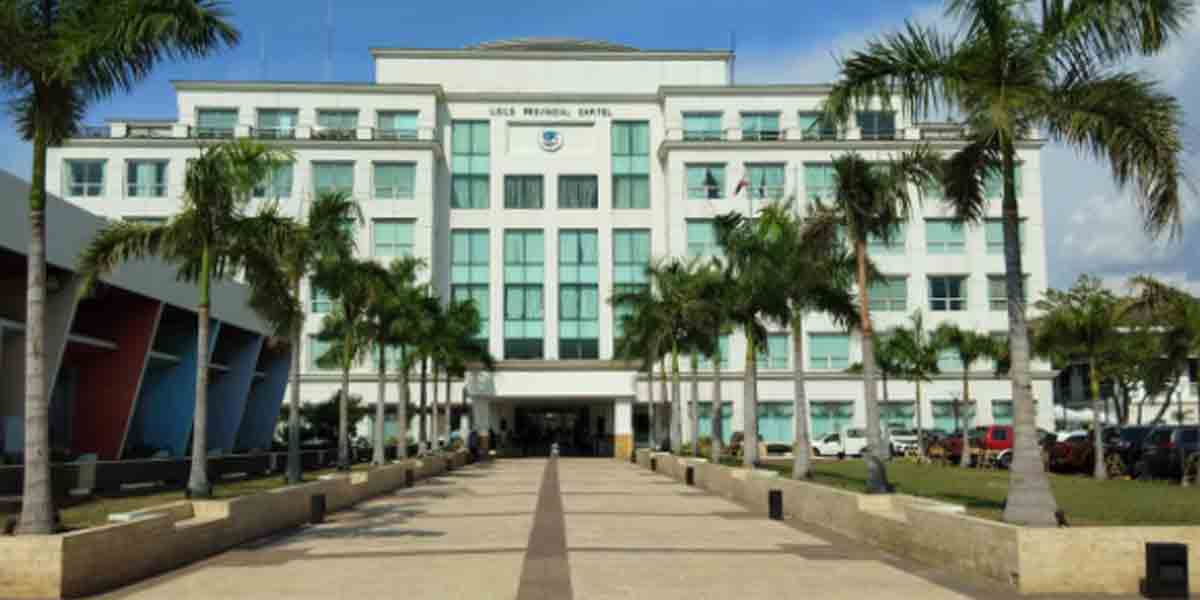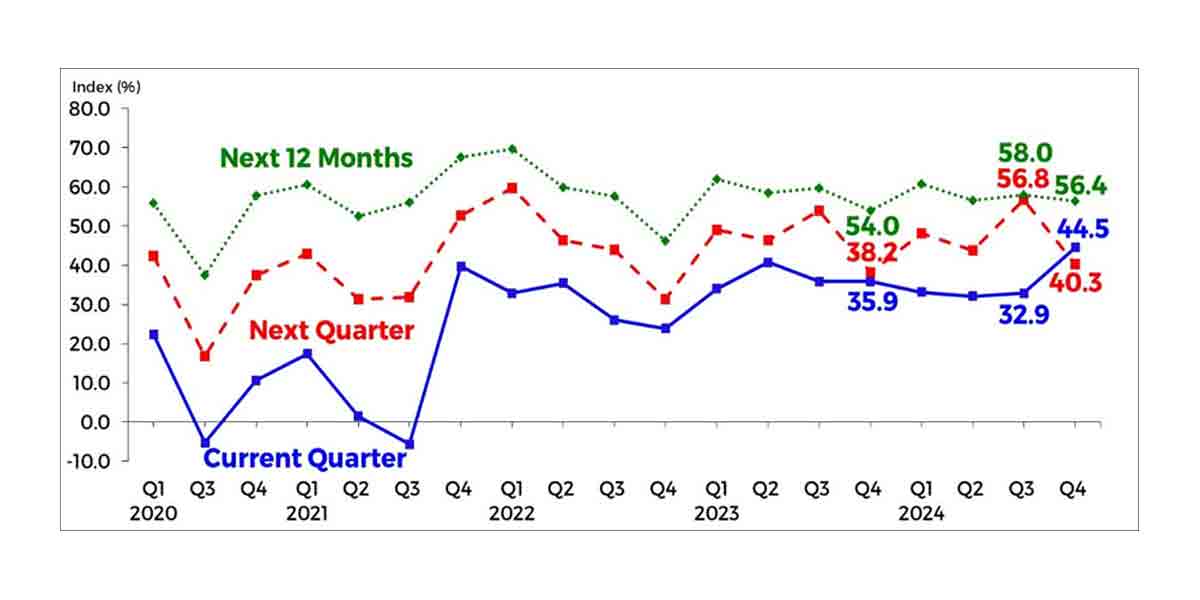By Herman M. Lagon
Tumandok’s September 19 showing at Robinsons Jaro Cinema was more than just a showcase for the multi-awarded movie; it was an intensely moving and thought-provoking event. Along with several well-known like-minded collectives, my daughter Parvane and I could not help but cry throughout the film. It became impossible to look away from the screen as we witnessed the moving and moving portrayal of the Ati community’s fight to reclaim their ancestral land and not feel sympathy for the Indigenous Peoples (IPs). Their dreams, their resiliency, and their lives were all on display, requiring our emotional support as well as our attention.
The distinctive docu-fiction picture Tumandok, which was directed by Ilonggos Richard Jeroui Salvadico and Arlie Sweet Sumagaysay, pushes the boundaries of storytelling to fully immerse the viewer in the horrific realities of the Ati people’s struggle for their homeland in Sitio Kabarangkalan, Barotac, Viejo, Iloilo. With good reason, the movie has won multiple accolades and awards, including the coveted Balanghai trophy for Best Film, Network for the Promotion of Asia Pacific Cinema (PATPAC) Jury Award, Best Supporting Actor, Best Screenplay, and Best Original Musical Score at the Cinemalaya Philippine Independent Film Festival this year. It approaches the Ati, a marginalized group in society, with compassion, understanding, and a deep sense of duty.
Arden Rod Condez and Sumagaysay co-wrote the movie, which honors the tenacity of the Ati people. It chronicles the journey of Jenaica “En” Sangher, an Ati chieftain’s 16-year-old daughter, as she works through a convoluted bureaucratic system to obtain their land’s Certificate of Ancestral Domain Title (CADT). En’s tale is of perseverance and frustration as she battles against forces far stronger and more expansive than herself. En’s confession to her father that she wants to become a teacher and start a school in their village is one of the most moving scenes in the movie. She says, “I didn’t know that we can also dream like other kids,” a statement that echoes throughout the theater and highlights the severe injustices that the “tumandoks” must endure.
Following the screening, the moving speech given by organizer Rynshien Joy Olivete, the Managing Director of DAKILA Iloilo Collective, elevated the evening to a truly memorable experience. As she spoke, Ryn’s voice quivered with emotion, her tears expressing the anguish and hope the movie had instilled in all of us. Her remarks affirmed the significance of the indigenous struggle and provided commentary on the film. She asked, “What if things were different?” – a bold question the movie encourages viewers to consider. She urged the audience to consider the possibilities of a more just and equitable world in her speech, which was undoubtedly the most inspirational and poignant part of the evening.
Many of us in the movie theater found resonance in Ryn’s remarks. The movie’s portrayal of institutionalized violence, corruption, and neglect struck a chord with how we see the country’s political dynamics. Human rights have gotten a lot worse in the last few years because of authoritarian and populist governance that has taken away civil liberties and made social gaps bigger. Tumandok shows this broader picture and reminds us that the fight for social justice is not just about Ati’s land claim but also part of the larger national fight for human rights and dignity.
The most potent lines in the movie are, “Tell us where the end of the earth is, and we will go there to live in peace, untouched. But we still fear that even the end of the earth will one day be taken from us,” “Our land is our life; take it, and you take our soul,” and “We were here before you arrived, and we will be here long after you’re gone” express the desperate desire of IPs to live their lives without the constant fear of being uprooted. These lines, which speak to the universal need for identity, safety, security, refuge, and belonging, resonate beyond the movie’s confines. The plight of many IPs worldwide is reflected in the struggles of our very own Atis, battling the effects of urbanization, corporate greed, and political agendas that put profit ahead of people.
Not only was Tumandok block-screening a remarkable experience, but it was also noteworthy because of the post-screening conversation with the actors, directors, and staff. The audience had the opportunity to interact directly with the artistic and heroic individuals who brought this moving story to life through the panel discussion. Numerous members of the cast, who are all amateur actors from the Ati community, talked about their own raw experiences with prejudice, bereavement, and hope. Their words, delivered through tears as they discussed the injustices and frustrations they encountered, could not fail to move listeners. The conversation served as a helpful reminder that these are lived, well-researched realities, not just stories from the movies.
The night was especially emotional for many of us who had campaigned for transformational governance in the last elections. We felt a common grief and solidarity seated among familiar faces. The suffering of the Ati people struck a chord with us. It served as a constant reminder of the various ways that vulnerable communities are still marginalized by systemic inequality and electoral populism. It was evident that many people in the audience shared Ryn’s sentiments after seeing the movie and hearing her speech, which reinforced the significance of supporting those who are frequently silenced. We could sense the collective weight of the struggle as the film’s creators and cast related their personal stories, many bursting into tears. Tumandok evokes various complex emotions, and the cinema was filled with sorrow and hope.
The success of Tumandok stands as a testament to the strength of the entire Ati community’s cause. Much like the film’s production, which required the close collaboration and consent of the Ati people, the creation of Tumandok was a collective effort to amplify their voices and elevate their story. As Ryn powerfully expressed in her speech, sharing these narratives is, in itself, an act of resistance. While the film centers on the specific struggles of the Ati, its storyline highlights the broader issues of IP rights. Indigenous communities often face alarmingly high rates of unemployment, underemployment, and illiteracy, with their socio-economic, cultural, and spiritual lives deeply intertwined with their ancestral lands—lands that are continually shrinking and dismissed by those in power. Hence, Tumandok does more than tell a story; its creators have sparked a much-needed dialogue about justice, equity, and the possibility of a more inclusive future, urging us to reconsider the treatment of IP communities here and abroad.
The sense of community in the room was tangible as the credits rolled and the lights came back on. Several movie viewers stayed for the panel discussion because they were curious to find out more and to give it some thought. Tumandok struck a chord with everyone in attendance, not just those of us who were aware of the struggles faced by the IPs. Like Ryn’s speech, the movie left us with more questions than answers. These included questions about what it would take to change the status quo, the nature of justice, and our part in sustaining inequality.
One of the evening’s most important lessons was the reminder that there is still much work to be done in the struggle for the rights of IPs. Tumandok portrays the Ati’s continuous struggle, and it is a call to action for all of us to keep up our support of their cause. We must continue to be watchful and dedicated to envisioning a world where justice and equality are not just ideals but realities, as Ryn so eloquently said. It served as a fitting coda to an evening full of grief and hope, as a reminder that even though the road to justice may be long and arduous, we must keep going down it.
There is only one more chance to see Tumandok, a moving movie, and participate in the thought-provoking discussions it provokes on October 4 and 5 at the Cinematheque Center Iloilo. It is also available in many other select theaters all over the country. If you have not seen it yet, I recommend going so you can take part in a more significant movement for justice and equity rather than just watching a movie. As we left the theater that evening, still absorbing the emotional journey of Tumandok, one thing became undeniable: this film transcends artistry. It stands as a testament to the resilience of the human spirit and serves as a powerful call to action. It reminds us that by uniting in empathy and purpose, we can not only imagine a better world but also take the steps to create it.
***
Doc H fondly describes himself as a “student of and for life” who, like many others, aspires to a life-giving and why-driven world grounded in social justice and the pursuit of happiness. His views do not necessarily reflect those of the institutions he is employed or connected with.





















